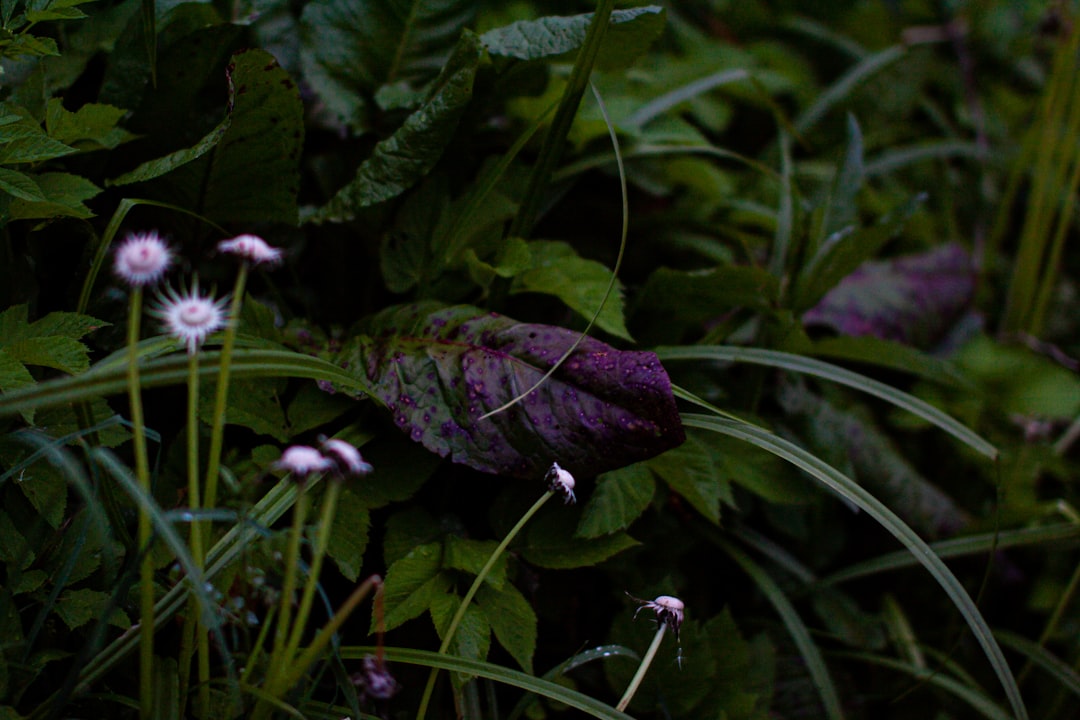Transform Your Strawberry Pot into an Herb Haven

Edible gardening is a rewarding and practical hobby that allows you to bring the freshness of home - grown produce right to your doorstep. One creative way to engage in this activity is by repurposing an ordinary strawberry pot into a vibrant collection of flavorful herbs. Not only does this add a touch of greenery to your living space, but it also provides you with a ready - to - use supply of herbs for your culinary adventures.
First, let's understand why an ordinary strawberry pot is an excellent choice for herb gardening. These pots are designed with multiple pockets around the sides, which offer excellent drainage and ample space for different herbs to thrive. The vertical design also makes it a space - saving option, perfect for those with limited gardening areas such as balconies or small patios.
When it comes to choosing the herbs, the possibilities are endless. Basil is a classic choice. Its sweet and slightly peppery flavor is a staple in Italian cuisine, especially in dishes like pesto and Caprese salad. Planting basil in the strawberry pot allows you to have a continuous supply of fresh leaves, which are best used right after picking for maximum flavor. Another great herb is thyme. With its earthy and slightly minty taste, thyme pairs well with roasted meats, vegetables, and even in soups. It's a hardy herb that can tolerate a bit of neglect, making it ideal for beginner gardeners.
Rosemary is a fragrant and versatile herb that adds a pine - like aroma to any dish. It's perfect for roasting potatoes, flavoring olive oil, or even making rosemary - infused cocktails. The long, needle - like leaves of rosemary give the strawberry pot an interesting texture. Parsley is another must - have herb. It comes in two main varieties: curly parsley and flat - leaf (Italian) parsley. Flat - leaf parsley has a more robust flavor and is often used as a garnish or added to sauces, stews, and salads.
Now, let's talk about the planting process. Start by selecting a high - quality potting mix. A well - draining mix is essential to prevent waterlogging, which can lead to root rot. Fill the bottom of the strawberry pot with a layer of the potting mix. Then, carefully plant each herb in its own pocket. Make sure to space them out evenly to allow for proper growth. After planting, water the herbs thoroughly but be careful not to over - water. Most herbs prefer slightly dry conditions between waterings.
To keep your herb garden healthy, place the strawberry pot in a location that receives at least six hours of sunlight per day. If you're growing the herbs indoors, a south - facing window is an ideal spot. Regularly prune the herbs to encourage bushier growth and to prevent them from becoming leggy. You can use the pruned leaves in your cooking, so it's a win - win situation.
As your herbs grow, you'll notice that they not only provide delicious flavors for your meals but also attract beneficial insects such as bees and butterflies. This can help to create a more balanced and sustainable garden ecosystem. Additionally, the sight of the lush green herbs in the strawberry pot can be a beautiful and calming addition to your home.
Harvesting your herbs is a simple and enjoyable process. For most herbs, it's best to harvest in the morning when the essential oils are at their peak. Use a sharp pair of scissors or pruning shears to cut the leaves or stems. You can harvest as much as you need, but be careful not to remove more than one - third of the plant at a time to ensure its continued growth.
In conclusion, repurposing an ordinary strawberry pot into an herb garden is a fun and practical way to enjoy the benefits of edible gardening. With a little bit of care and attention, you can have a thriving collection of flavorful herbs right at your fingertips. Whether you're an experienced gardener or just starting out, this project is sure to bring joy and deliciousness to your life.